Some of the links in this post may be affiliate links.
Callisia navicularis, sometimes called Tradescantia navicularis, is an easy to grow plant that can vary in appearance quite drastically depending on your growing conditions. And not to mention, it is also very easy to propagate! Let’s explore how to care for this not too commonly seen, yet delightful houseplant!
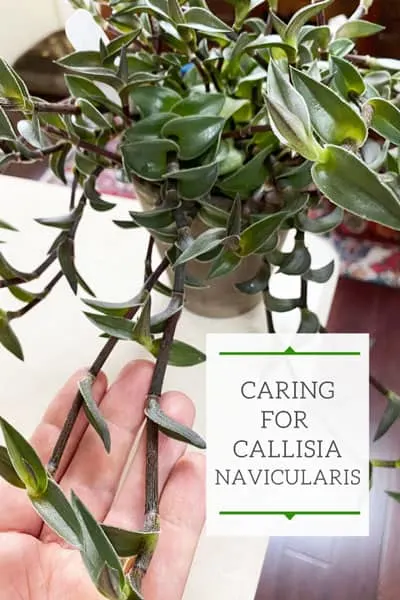
This Mexico native is a trailing, evergreen ground cover which is happy both indoors as a houseplant, as well as outdoors. It can be grown outdoors as an annual in colder regions, or as a perennial if you’re fortunate enough to live in hardiness Zone 10 or above.
Table of Contents
CARING FOR CALLISIA NAVICULARIS
LIGHT
Light is a very interesting topic for this plant because your plant will look dramatically different depending on the type of light that it is growing in.
They will almost look like two completely different plants! Both in habit and in color.
Let me show you what I mean.
Here is my own plant that I have growing in a Northern exposure window. I moved it to the kitchen counter just for the photo. Notice the green color of the leaves as well as the larger spacing between the leaves in the newer growth (internodes).
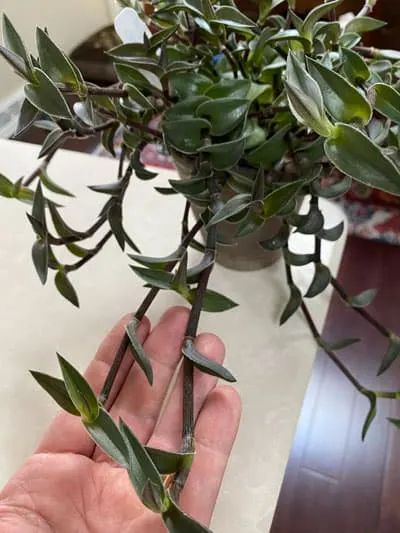
Northern exposure windows get the least amount of light compared to all other exposures.
Now let’s take a look at a plant that is growing in direct sun.
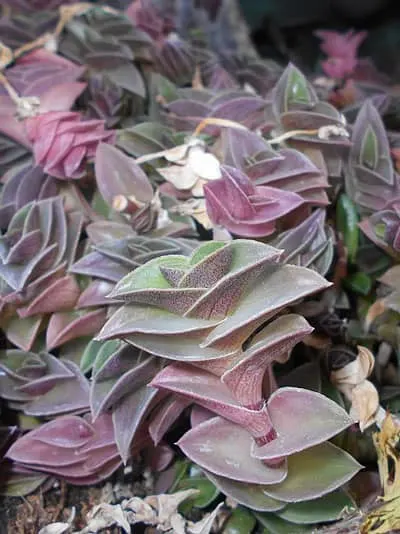
These are the same plant! Notice the much more compact nature (internodes are substantially shorter than mine) and the purplish color of the foliage.
There is nothing wrong with my plant, but just keep your visual expectations aligned with how much light you give this plant!
If you prefer the compact look, place your plant right in front of a window that gets at least half a day of direct sunshine. East, West or South windows will all work for this.
If you like a wispier look and greener foliage, then a lower light window such as a Northern exposure window will have to do.
If your plant has gotten too lanky, you can always trim it back to encourage bushier growth. You can use the trimmings to propagate your plant (see the propagation section later in this post). Move your original plant to a brighter location so it stays more compact.
Just keep in mind that your light levels will also heavily dictate your watering.
WATERING
Be aware that the stronger the light that you have this plant growing in, the more frequently you will need to water. Just something to keep in mind!
If you have this plant growing in a Southern window, it will dry out much more quickly than a plant growing in a Northern exposure window.
Always water your plant thoroughly, allow water to drain through the drainage hole, and return to your window.
During the growing season, when the surface of the soil is dry (top inch or so), go ahead and water. During the winter months with less light and cooler temperatures, you are safer to keep this plant on the drier side.
Just watch for shriveling and don’t let it stay completely dried out for too long.
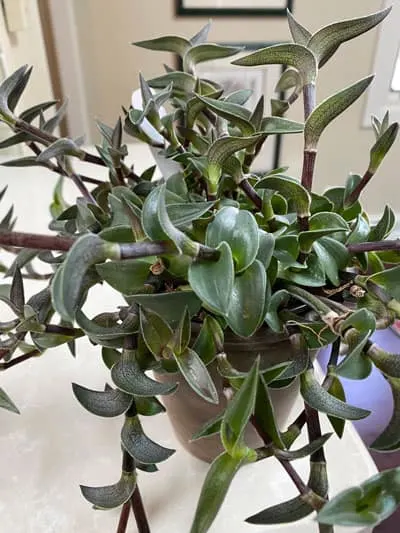
POTTING MIX
I would recommend using a good succulent soil mix to which you can add a little pumice. I like to use this blend for any plants with succulent leaves.
Simply mix about 2-3 parts of a good potting soil like Espoma Cactus Mix with 1 part of 1/4″ pumice.
This will give your soil wonderful drainage and it will dry out a reasonable amount of time.
FLOWERS
Plants will produce beautiful purple flowers, like in the photo below, but each individual flower only lasts one day.
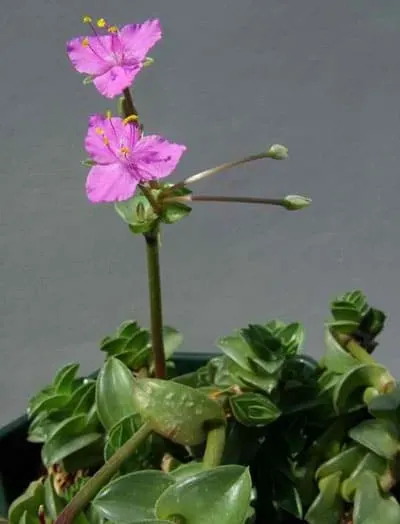
FERTILIZER
During the growing season, apply a good all-purpose fertilizer regularly. I give most of my houseplants Dyna-Gro Grow.
I simply mix 1/4-1/2 teaspoon per gallon of water and apply throughout the year, and refrain from fertilizing in the winter.
Dyna-Gro Grow is a premium, complete fertilizer that has all the micro and macro nutrients that a plant needs. You will be very pleased with the results!
PROPAGATION
This plant is easily propagated with stem cuttings. Take cuttings 2-3 inches long and let them dry out for a day or two.
Strip the bottom leaves off, while leaving a couple leaves at the tip. Root the cuttings in water, or place them directly into soil. Keep the soil barely moist to encourage rooting.
CALLISIA OUTDOORS
If you do want to move some of these plants from indoors to outdoors to use in annual pots, be sure that you harden your plants off first. You can’t place them directly into sun outdoors without conditioning them first otherwise they will burn.
Check out my blog post on how to harden off houseplants when you move them from indoors to outdoors.
BUY CALLISIA NAVICULARIS ONLINE
I hope you’ve enjoyed this post, and please comment below with any questions!

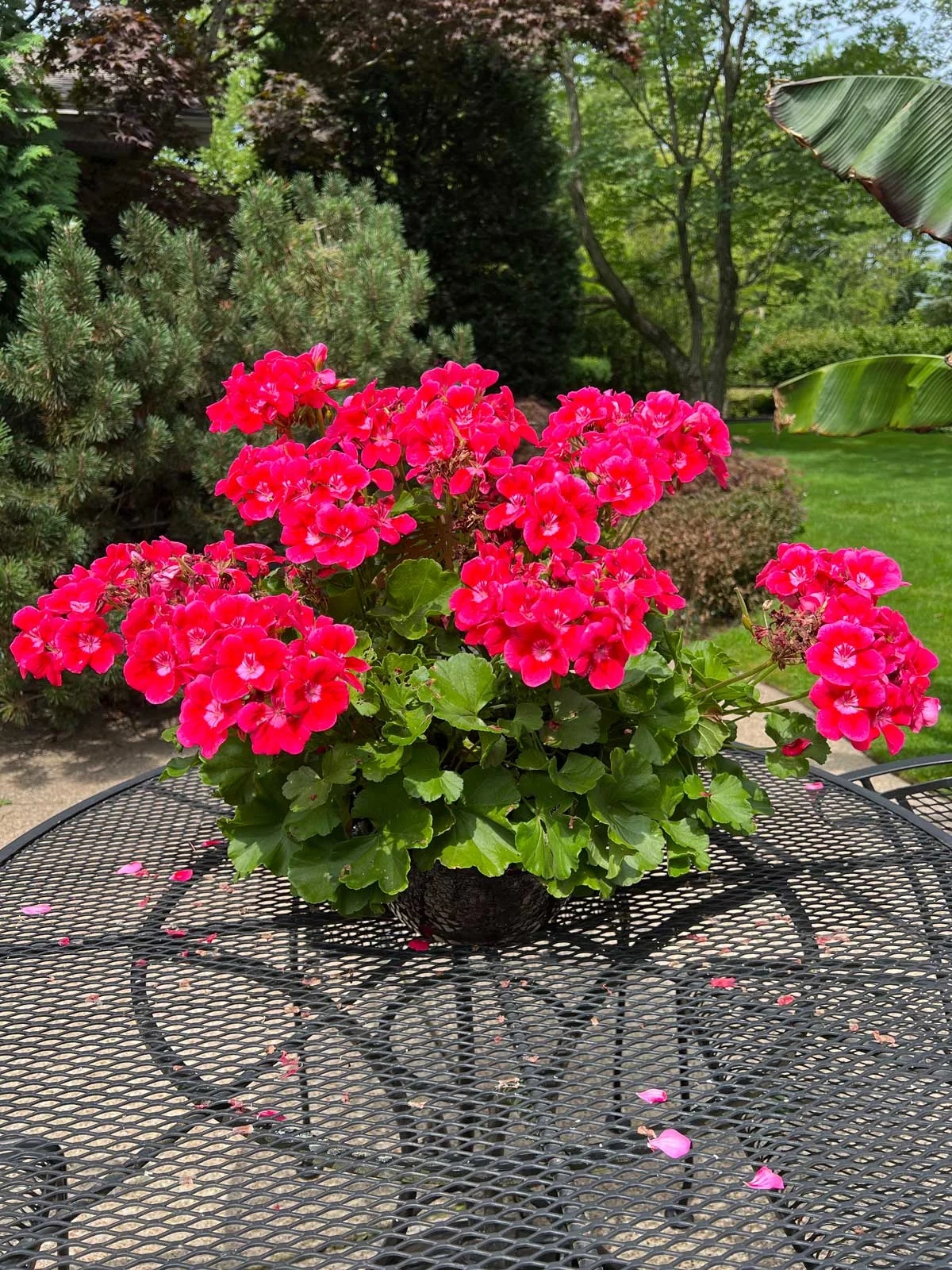

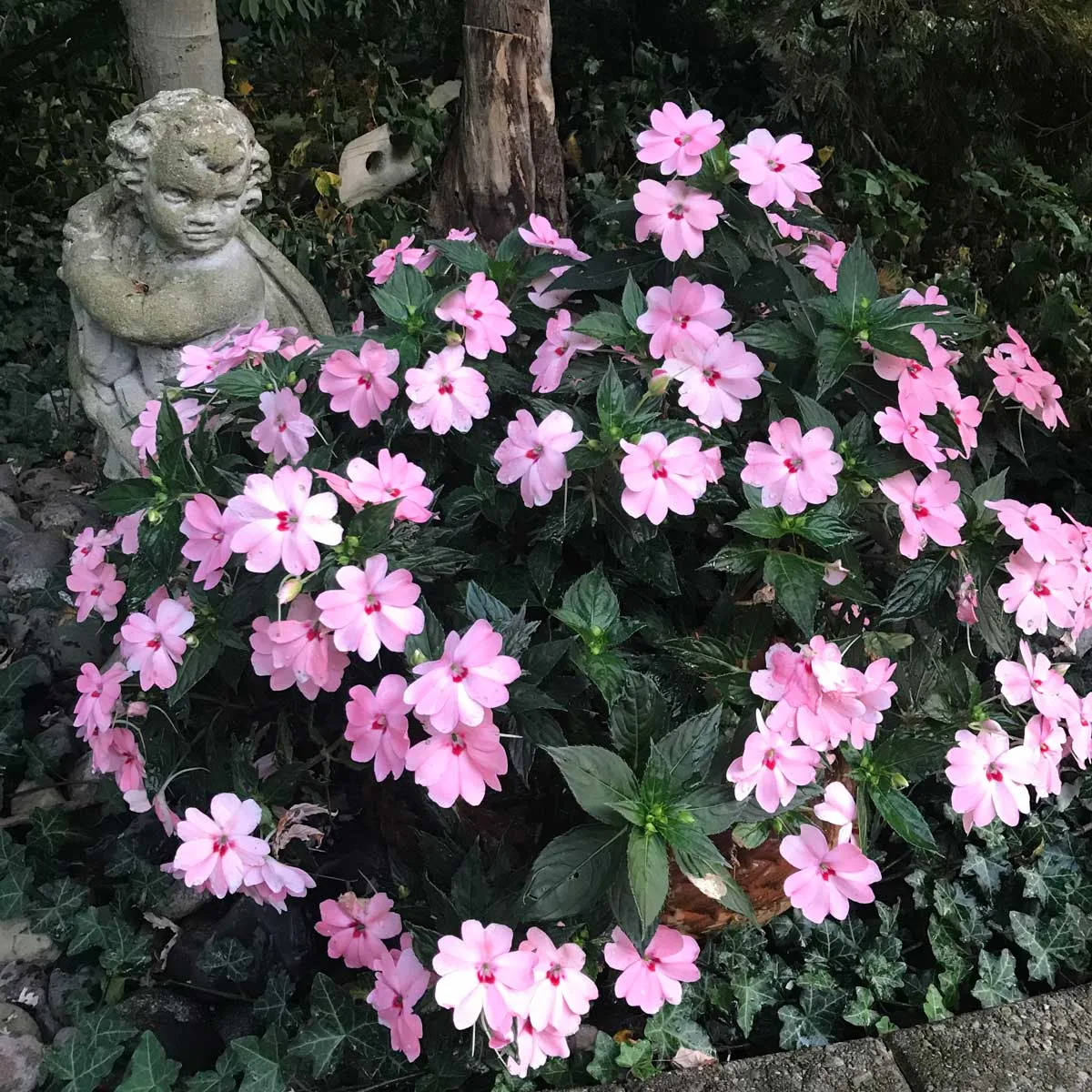
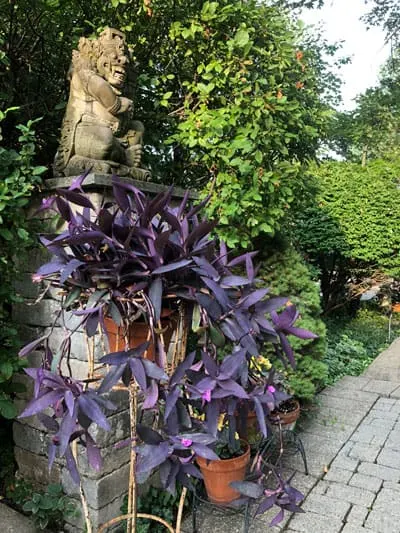
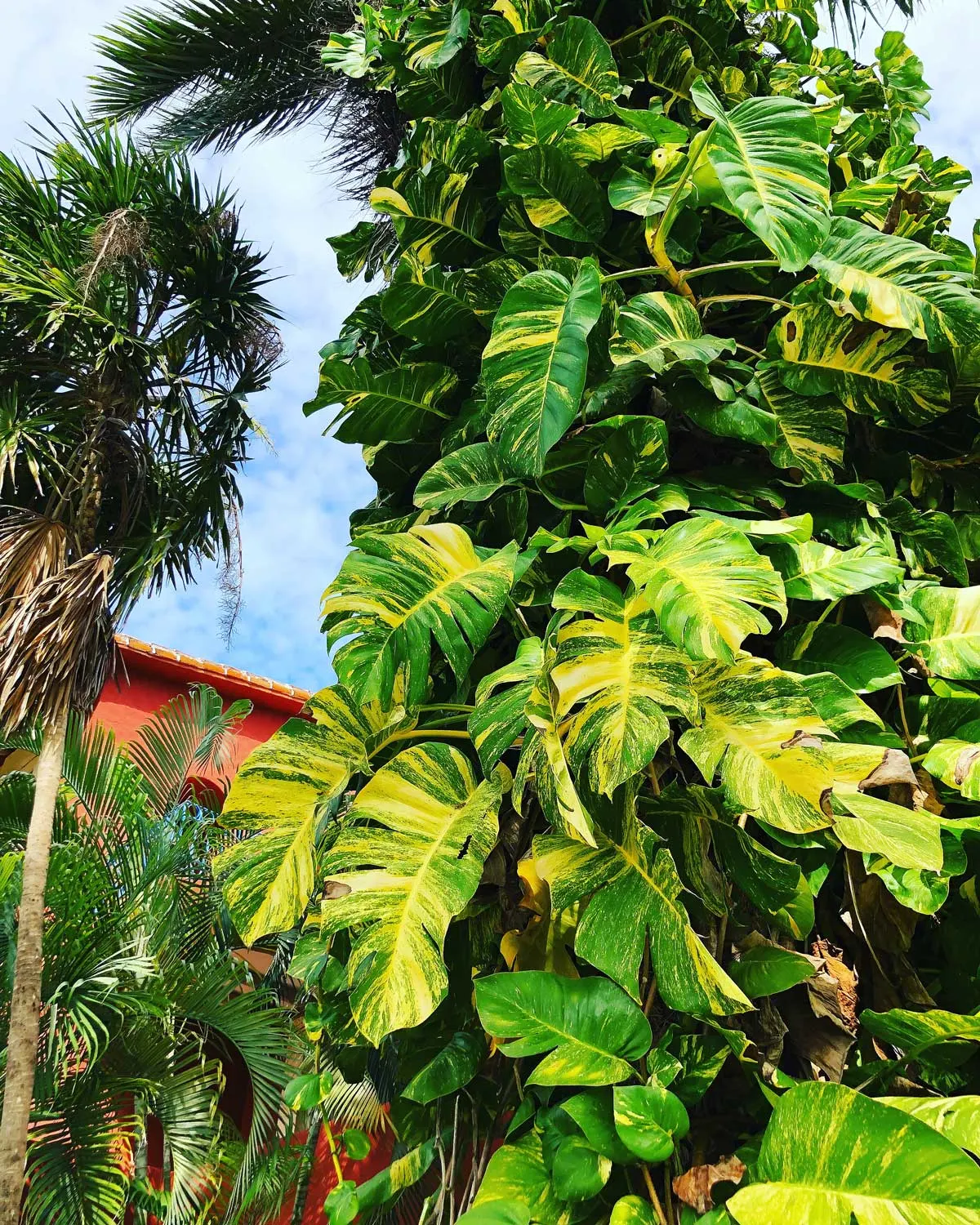
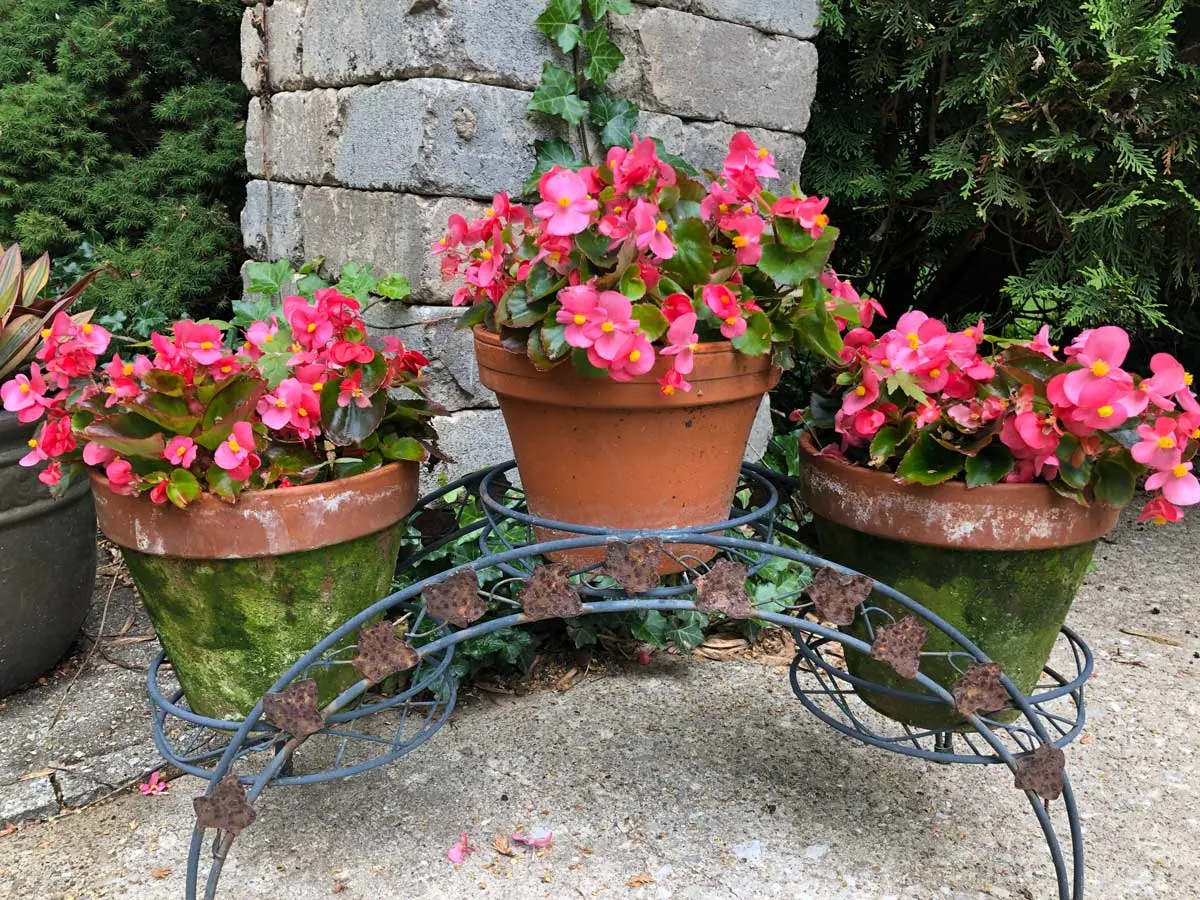
Spirit
Thursday 9th of June 2022
If you could please, in your plant blogs ..tell is what is the growing season...you keep mentioning during the growing season..then mention watering less in winter....well I am one of the lucky ones that live in zone 10\11..so when is the growth season? Spring, summer, fall?
Raffaele
Thursday 9th of June 2022
Hello there! That's a very reasonable question. By growing season I just mean whenever your plant is growing. It sounds like you live in a great climate, so if your plant is growing year round, there is no need to water less in the winter time. I hope this helps a bit.
Jessica
Friday 8th of October 2021
Is this plant safe for cats to eat? I know other species of Callisia are poisonous, is that true for this specific species? Thanks!
Raffaele
Saturday 9th of October 2021
I'm not 100% certain, but if other species of this genus are, this one probably is too.
Karen White
Friday 24th of April 2020
Good article. More info for zone 10 and small balconies please.
Raffaele
Saturday 25th of April 2020
Hi Karen! Glad you enjoyed the post.